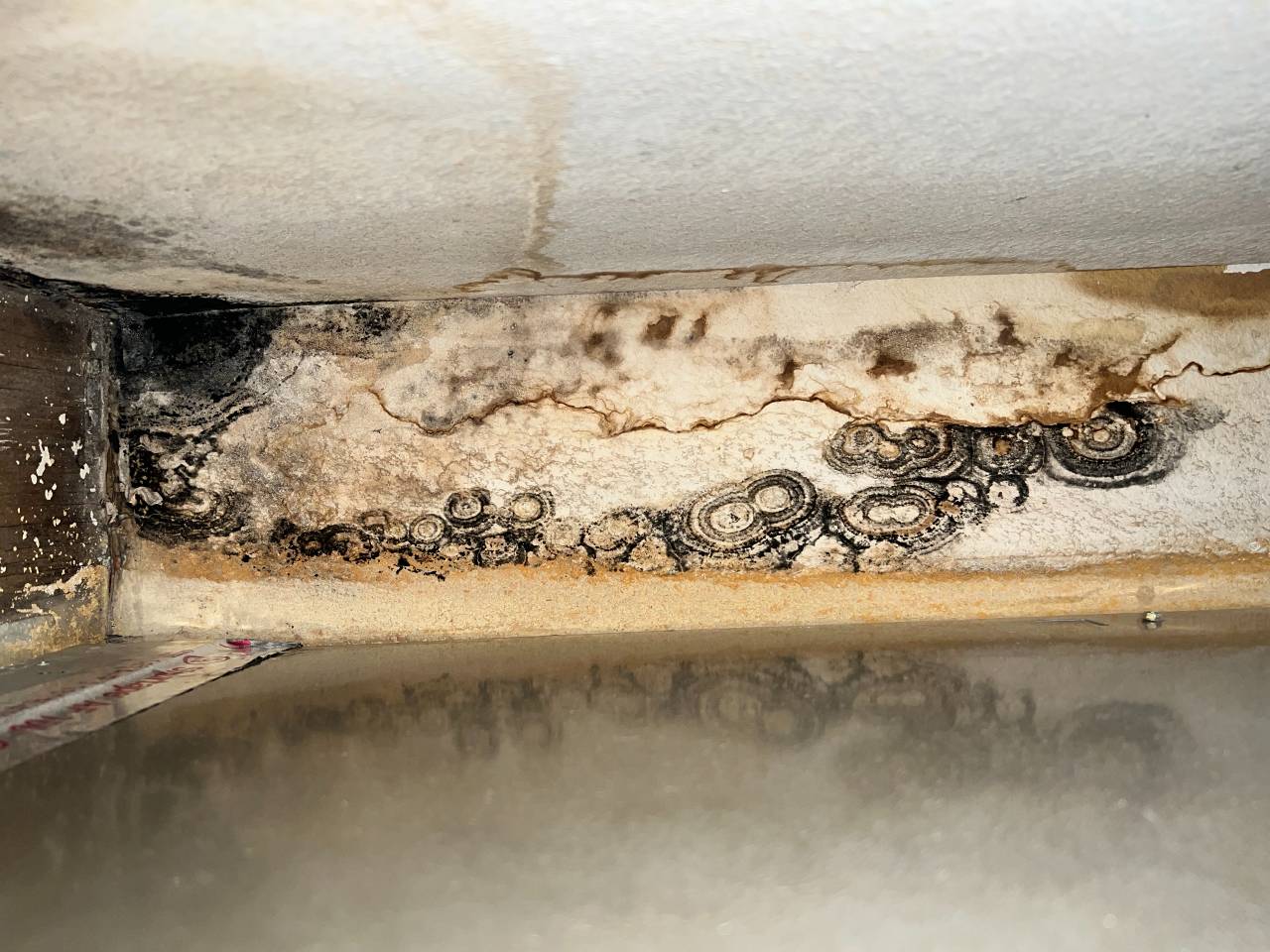After Mold Remediation Strategies for Clean Rooms
After Mold Remediation Strategies for Clean Rooms
Blog Article
Your Ultimate Guide to Blog Post Mold Removal Techniques
Browsing the realm of post-mold remediation techniques is a precise procedure that requires interest to information and a thorough understanding of the intricacies included. In the consequences of mold and mildew infestation, recognizing how to properly eliminate the mold and stop its reoccurrence is vital for preserving a healthy interior setting. From choosing the appropriate cleaning and sanitizing techniques to implementing approaches for long-lasting mold and mildew avoidance, each action in the removal journey plays an essential duty in making certain a successful result. As we start this expedition of post-mold removal strategies, we will discover the essential strategies and ideal methods that can help you restore your room to its pre-mold problem and protect it against future mold and mildew risks.
Comprehending Post-Mold Removal Process
After finishing the mold remediation process, it is important to comprehend the post-mold remediation strategies that are necessary to ensure a complete and efficient cleanup. Once the mold has been eliminated, the following step involves cleaning and sanitizing the impacted areas to stop any regrowth of mold and mildew. This includes using specialized cleaning up representatives to wipe down surfaces and eliminate any type of remaining mold spores. It is necessary to dry the location totally to inhibit the development of mold in the future (Post Remediation verification). Appropriate air flow and dehumidification can aid in this process.
Moreover, carrying out a final examination post-remediation is vital to guarantee that all mold and mildew has actually been successfully gotten rid of. If the evaluation discloses any kind of lingering mold, extra removal might be required.
Efficient Cleaning Up and Decontaminating Approaches

Protecting Against Future Mold Development

Importance of Appropriate Air Flow
Appropriate air flow plays a critical duty in stopping moisture build-up, a key consider mold and mildew growth within interior settings. Effective air flow systems aid get rid of excess humidity from the air, reducing the chances of mold spores discovering the moisture they need to spread out and sprout. Without appropriate air flow, interior areas can become a reproduction ground for mold, resulting in possible health and wellness dangers and architectural damage.
By guaranteeing proper air circulation, ventilation systems can also aid in drying out damp locations a lot more promptly after water damage or flooding occurrences, better discouraging mold and mildew growth. Post Remediation Inspection near me. In areas like restrooms, cooking areas, attics, and basements where wetness levels tend to be higher, mounting and preserving efficient air flow systems is crucial in protecting against mold and mildew problems

Monitoring and Maintenance Tips
Provided the critical role that appropriate ventilation plays in avoiding mold and mildew development, it is vital to establish effective tracking and maintenance ideas to ensure the continued capability of air flow systems. Regular inspections of ventilation systems need to be performed to check for any kind of signs of obstructions, leakages, or breakdowns that might restrain proper air movement. Monitoring humidity levels within the building is also critical, as high humidity can add to mold growth. Installing a hygrometer can assist track moisture levels and alert home owners to any kind of spikes that may need interest. Additionally, making sure that air filters are regularly cleaned or changed is essential for maintaining the performance of the ventilation system. Implementing a routine for routine upkeep tasks, such as air duct cleaning and heating and cooling system inspections, can aid stop issues before they intensify. By remaining positive and conscientious to the problem of air flow systems, residential or commercial property owners can successfully alleviate the threat of mold regrowth and preserve a healthy interior atmosphere.
Verdict
To conclude, post-mold removal methods are vital for making sure a safe and clean atmosphere. Comprehending the process, executing reliable cleaning and sanitizing techniques, protecting against future mold growth, maintaining proper air flow, and routine surveillance are all important action in the removal procedure. By following these standards, you can effectively remove mold and mildew and stop its return, promoting a healthy and balanced living or working room for all owners.
In the aftermath of mold and mildew invasion, recognizing just how to successfully eradicate the mold and mildew and avoid its reoccurrence is paramount for maintaining a healthy indoor environment. As soon as the mold and mildew has been eliminated, the next action entails cleansing and decontaminating the impacted areas to stop any kind of regrowth of mold - Post Mold Remediation. After eliminating visible mold growth, it is important to clean all surface areas in the damaged area to mold removal companies nh eliminate any kind of continuing to be mold spores. To even more boost mold prevention actions, it is essential to resolve underlying concerns that at first led to mold and mildew development.Provided the critical role that correct air flow plays in protecting against this article mold development, it is necessary to develop effective surveillance and upkeep suggestions to make sure the continued capability of air flow systems
Report this page